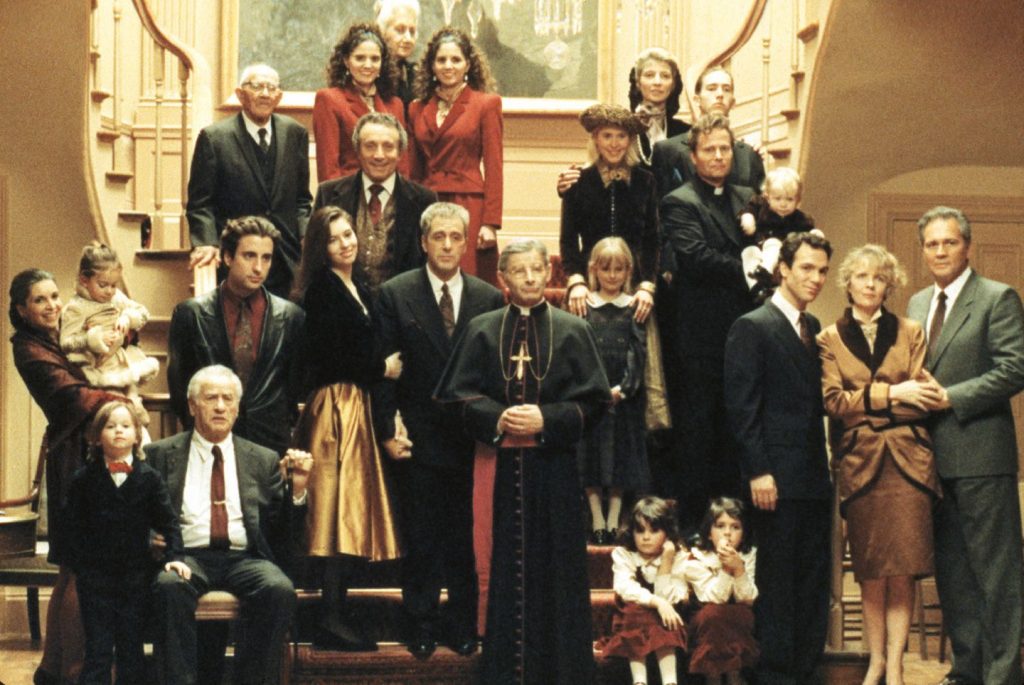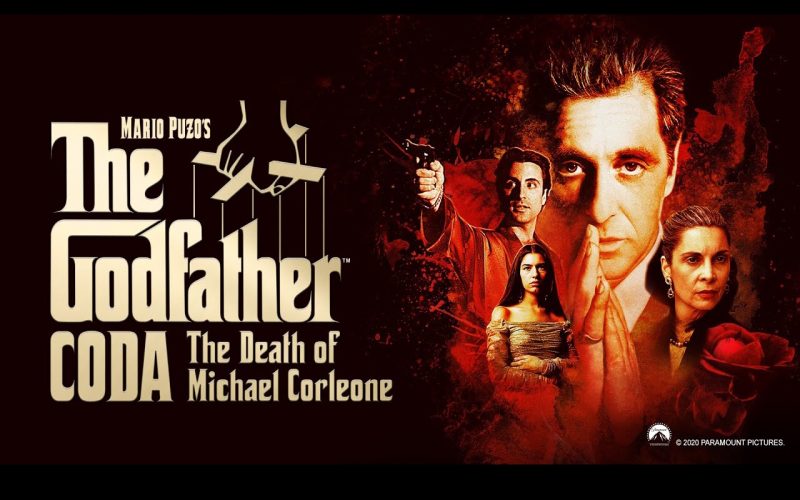The Godfather Coda: The Death Of Michael Corleone – (2020).
When The Godfather: Part III was released in 1990, the build-up and the fanfare, fuelled by years of anticipation for a sequel to two films which are universally recognised as amongst the greatest movies of all time, soon turned to disappointment. For many critics and for audiences alike, Part III just wasn’t as good as the first two and today many people refuse to refer to it when discussing the saga.
I have always thought this was a great pity and have always enjoyed Coppola’s third film in the saga. You can read my defence of it here.
For me it was a fitting end to the story of one man’s rise to power, the lengths he went to maintain that power, and his inevitable decline. The mistake many people make in discussing the first film is to believe the godfather in question is Marlon Brando’s Don Corleone. Despite his massive presence, which dominates our collective thinking, the story was that of Michael’s. It was the corruption of his soul that makes the first film so mesmerising. In Part II, we witness the contrast between the two eras – Vito’s rise to power and Michael’s attempt to emulate his father without ever fully understanding the man his father was or his methods.
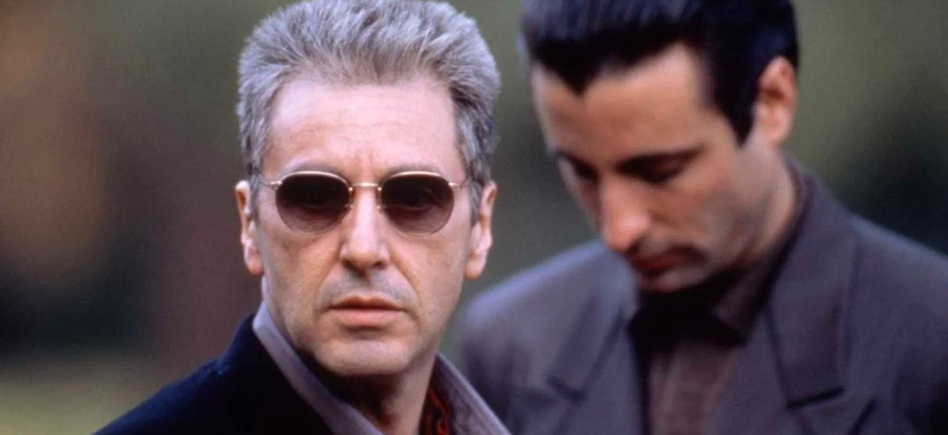
Part III was the story of the sins – committed in the name of the family, of business and for power – coming back and haunting the aged Michael. Like a fruit rotting from its core, Michael is being consumed by bitterness and guilt. It’s the story of one man trying to atone for his sins, to seek this atonement in the only ways he understands – through money and power. His great failing is that he doesn’t understand the true path to forgiveness. As Archbishop Gilday says: “In today’s world, the power to absolve debt is greater than the power of forgiveness.” Gilday was being critical and sardonic, Michael does not fully appreciate this. I don’t think the 1990 audience understood this either. They didn’t want Michael to pay for his sins, they wanted more of the same. They wanted ruthlessness, not self-pity.
Back in 1990, director Francis Ford Coppola was under a lot of pressure to have the film ready in time for its Christmas release date. In the end, according to Coppola, he made compromises and the final film was not to his liking. He also wanted to name the film The Godfather Coda: Death of Michael Corleone, but Paramount insisted it be called The Godfather: Part III, in keeping with the pattern established with The Godfather: Part II. For obvious reasons, they wanted to capitalise on the success of the previous films.
Now, 30 years later, Coppola has released a re-edited version in keeping with his original ideas, and has renamed it, using his original preferred title.
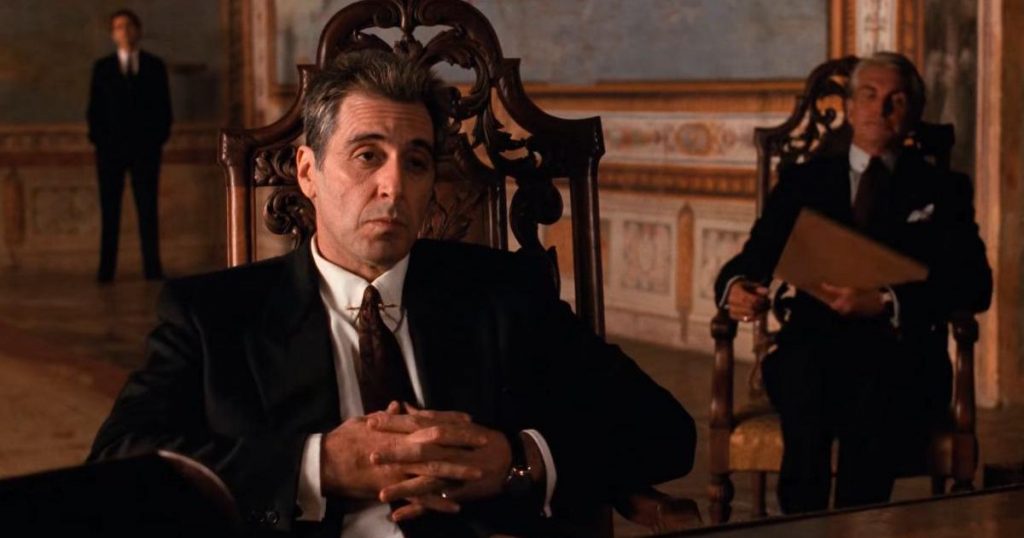
The Godfather Coda: The Death Of Michael Corleone, opens with a conversation between Michael and the head of the Vatican’s finances, Archbishop Gilday. Gilday, aware of the corruption at the heart of the Vatican Bank, wants the Corleone family to help plug a deficit of over $700 million. In exchange, Michael wants a controlling share in a European company called Internazionale Immobiliare with which the Vatican is heavily involved. It would make Michael one of the richest men in the world, whilst also allowing the family to go completely legitimate. It’s a scene which, in the original film, appeared around the 40-minute mark.
This new opening, which in some ways refers back to the opening of the first film, suffers in one respect because it’s sudden and lacks any cinematic poetry. However, at the same time, it does bring an important aspect of the story – which many thought was convoluted in the original cut – front and centre. It provides more clarity to Michael’s inner turmoil and gives us a foundation from which we can understand his later turmoil. It also brings to focus, for those who couldn’t see it, the central theme of The Godfather: Part III, forgiveness and the futility of pursuing it when you don’t fully understand what it is.
The papal ceremony has also been removed and we now only have the afterparty to enjoy. This may help the pacing of the film for some, but I wonder if this aspect of the story is as clear to new audiences as it is to those of us who have seen the original cut. It’s difficult to judge the effectiveness of some of these cuts because I’m so familiar with the original story. The ending has also been tweaked.
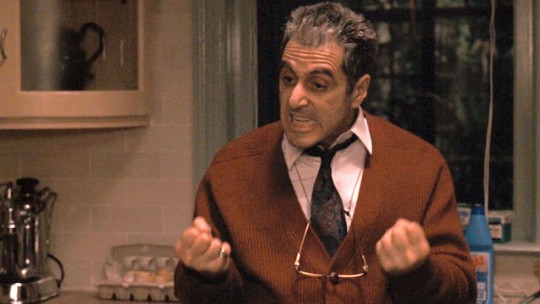
The opera scene is still intact and is still as wonderfully tense as before. The final moments on the steps of the opera house in which there’s an assassination attempt on Michael with devastating results, is still one of the great moments in film. Michael’s silent scream of pain hit harder and deeper than hearing his anguish ever could. It’s also a poetic summation of the movie – Michael’s inability to escape from his sins and the fact that he pays for them not directly but through the suffering and death of others.
In the original cut we then have a flashback of Michael dancing with his daughter Mary, then his ex-wife, Kay, before a short scene many years later in which we witness his death – alone and in stark contrast with his father’s final moments. In the new edit, the dance with Kay is gone, and although I can understand why, I don’t think it was particularly necessary as both were lost to him as payment for his sins.
In the original cut we then see Michael, years later, putting on his glasses, then a long shot of him collapsing in his chair. In this new cut, this final shot is removed and, ironically since the title refers to the death of Michael Corleone, we do not witness his demise. I can’t say I’m a fan of this cut and I think that last shot was profoundly moving and without it, we don’t necessarily witness the loneliness of this man in the last moment. It was intended to be a counterpoint to the death of his father at the end of the first film but this is no longer the case and the new ending suffers because of it.
In all there have apparently been 363 edits to the film although the vast majority of them are slight trims to existing scenes. The effectiveness of these changes are difficult to judge without playing the films side-by-side, especially as I have always appreciated the original cut more than many.
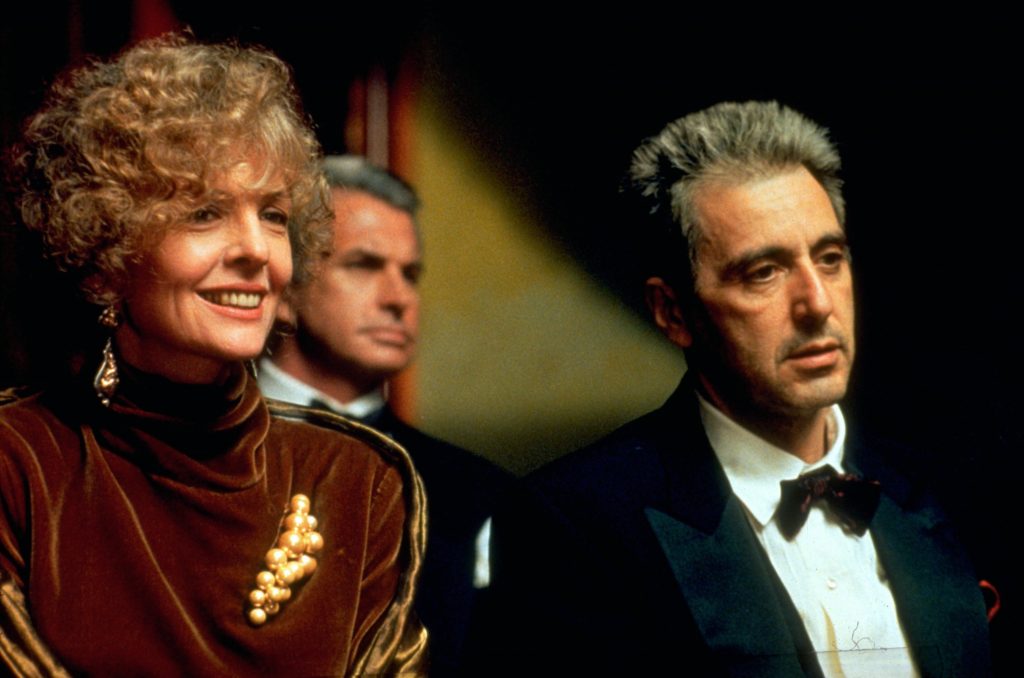
I will add that in my review of the original cut I stated that the casting of Sofia Coppola was an error and whilst I didn’t think she was bad, I didn’t think she was as good as the giants of cinema that surrounded her. However, watching her now, I had no real problem with her performance. Maybe this is because of the edits, or maybe my perspective has changed as I’ve gotten older, it’s difficult to say but it’s an opinion that many, including members of the cast, have stated recently.
I think that there are many strengths and weaknesses with this new cut. The opening scene does provide the film with more focus but, as I’ve said, this is to the expense of cinematic poetry. I hope that it will give people an excuse to revisit this film, and if it does, then the re-edit is worth it. For me, since I have no issues with the original cut, it can be appreciated from a completionist cinephile point of view. In this case, it’s essential, just as every cut of Blade Runner is worth watching and discussing.
In the end, I do think this is aimed at cinephiles, many of whom were disappointed when they left the cinema in 1990. For those of you that fall into this group, I hope this new version elevates this unfairly maligned film onto the pedestal where I genuinely believe it deserves to be.
Film ‘89 Verdict – 8/10
The Godfather Coda: The Death Of Michael Corleone is available now on Blu-Ray.
